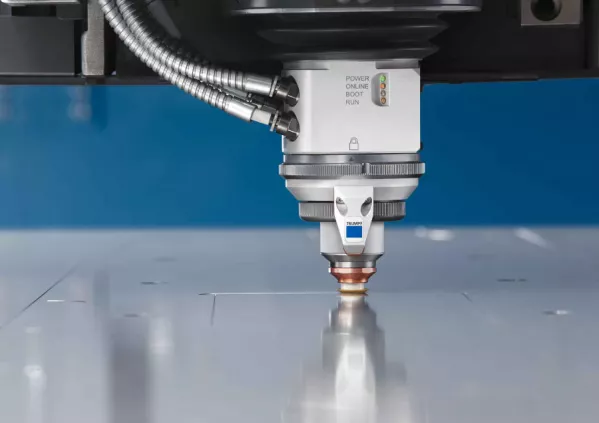+48 95 762 08 61
Modern technologies of metal working
Laser beam cutting
Laser cutting of tubes and sections
Robotic welding
Sheet metal bending
Laser beam cutting
Laser cutting of tubes and sections
Robotic welding
Sheet metal bending

Fiber laser cutting technology is gaining increasing popularity due to its precision, speed, and the ability to cut various materials. However, to achieve optimal cutting quality, it is essential to understand and properly manage key parameters. In this article, we will discuss the most important of these parameters and their impact on the efficiency and quality of the laser cutting process.
Laser power is one of the most crucial parameters in laser cutting technology. Higher laser power allows for cutting thicker materials but can also lead to overheating and melting of the material, negatively impacting the edge quality of the cut.
Cutting speed directly affects edge quality and process efficiency. Cutting too slowly can lead to excessive heating of the material, while cutting too quickly may result in incomplete cuts.
Beam focus position is a critical parameter affecting the width and quality of the cut. Precise focus adjustment allows for achieving thin and even edges.
Assist gases play a crucial role in the laser cutting process. The use of the appropriate gas and its pressure affects edge quality, cutting speed, and potential discoloration of the material.
Material type affects how laser energy is absorbed and how heat is dissipated, which in turn influences cutting quality. Each material has different properties that must be considered when setting cutting parameters.
Material thickness is critical when setting cutting parameters. Thicker materials require higher laser power and reduced cutting speed to ensure full penetration.
Nozzle distance from the material affects the direction and pressure of the assist gas, which directly impacts cutting quality. Too short a distance can lead to nozzle contamination, while too long a distance can reduce the efficiency of molten material removal.
Pulse frequency in Fiber laser cutting technology refers to the number of laser pulses per unit of time. Proper setting of this parameter is key to achieving smooth edges and minimizing the "comb" effect on cut edges.
In Fiber laser cutting technology, each parameter matters and impacts the final result. To achieve optimal cutting quality, it is essential to understand the interdependencies between these parameters and appropriately adjust them according to the material type and thickness. Proper management of laser power, cutting speed, focus, assist gas type, nozzle distance from the material, and pulse frequency allows for high precision and cutting quality, which is crucial in many industrial sectors.
By considering these factors, we can optimize the cutting process, leading to increased efficiency, reduced material waste, and better quality of finished products.